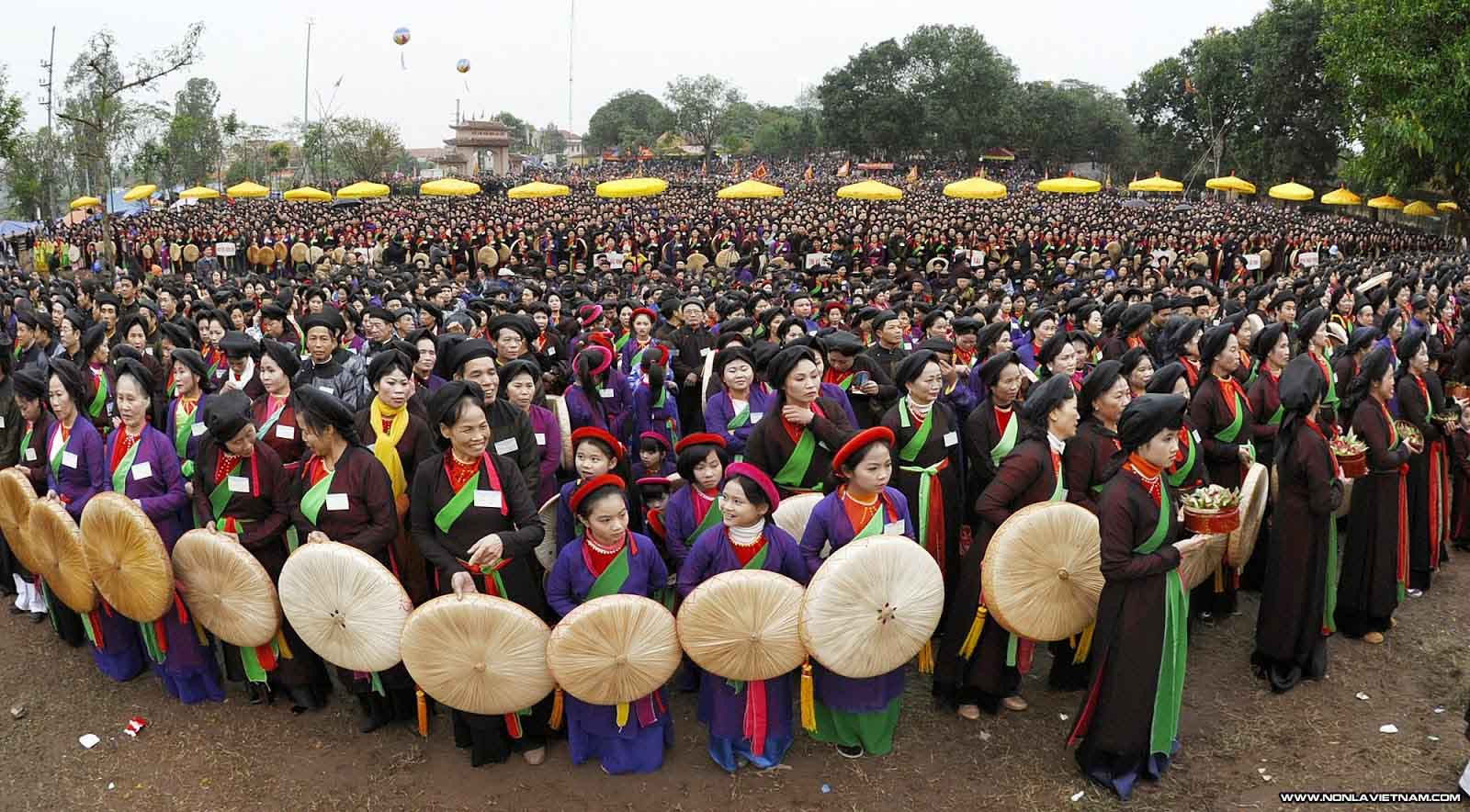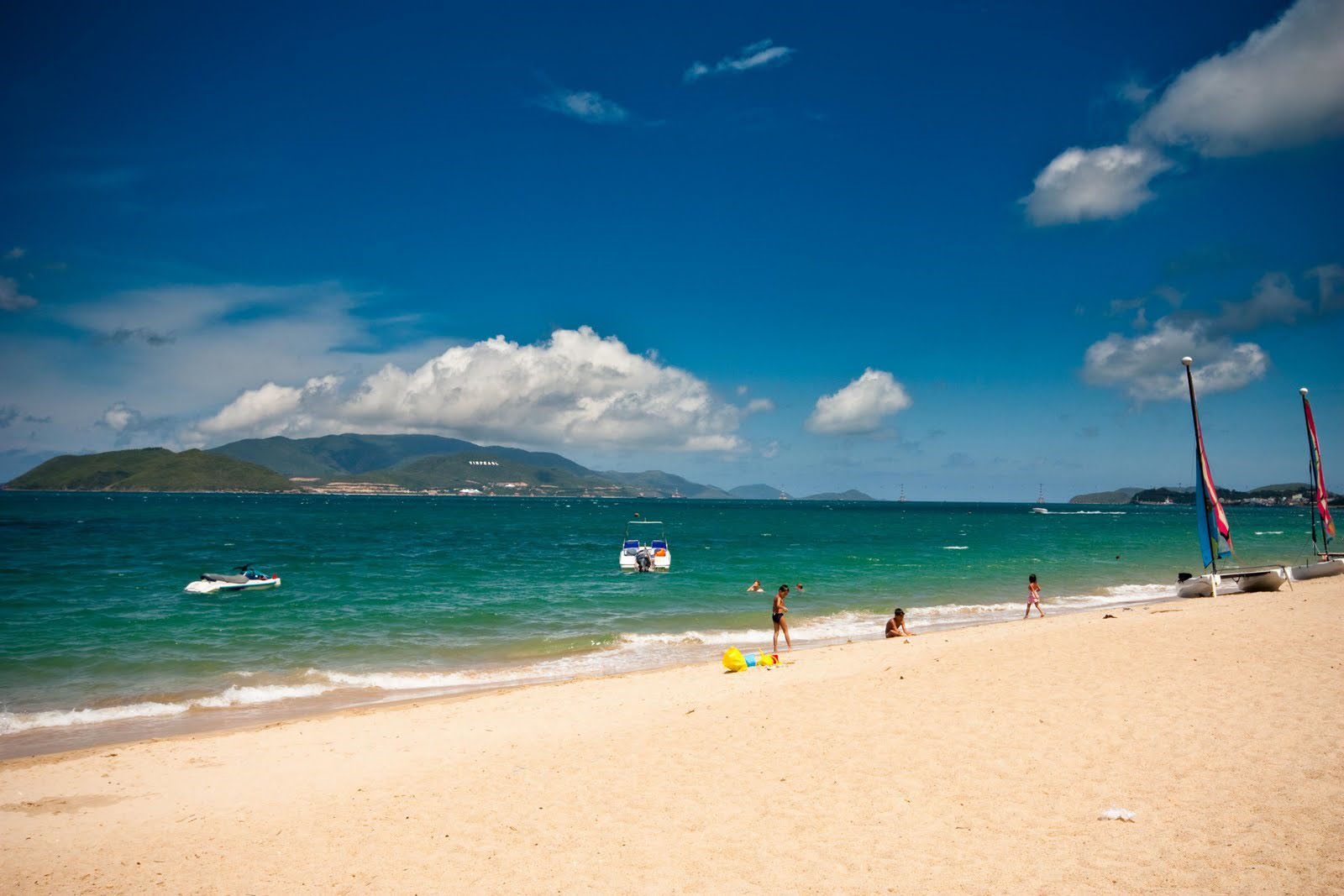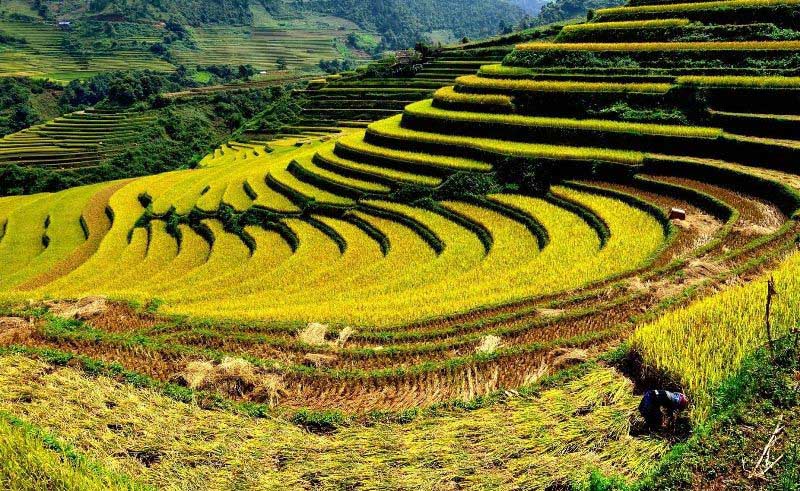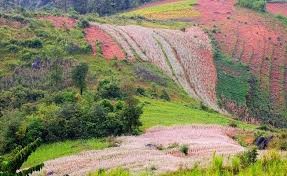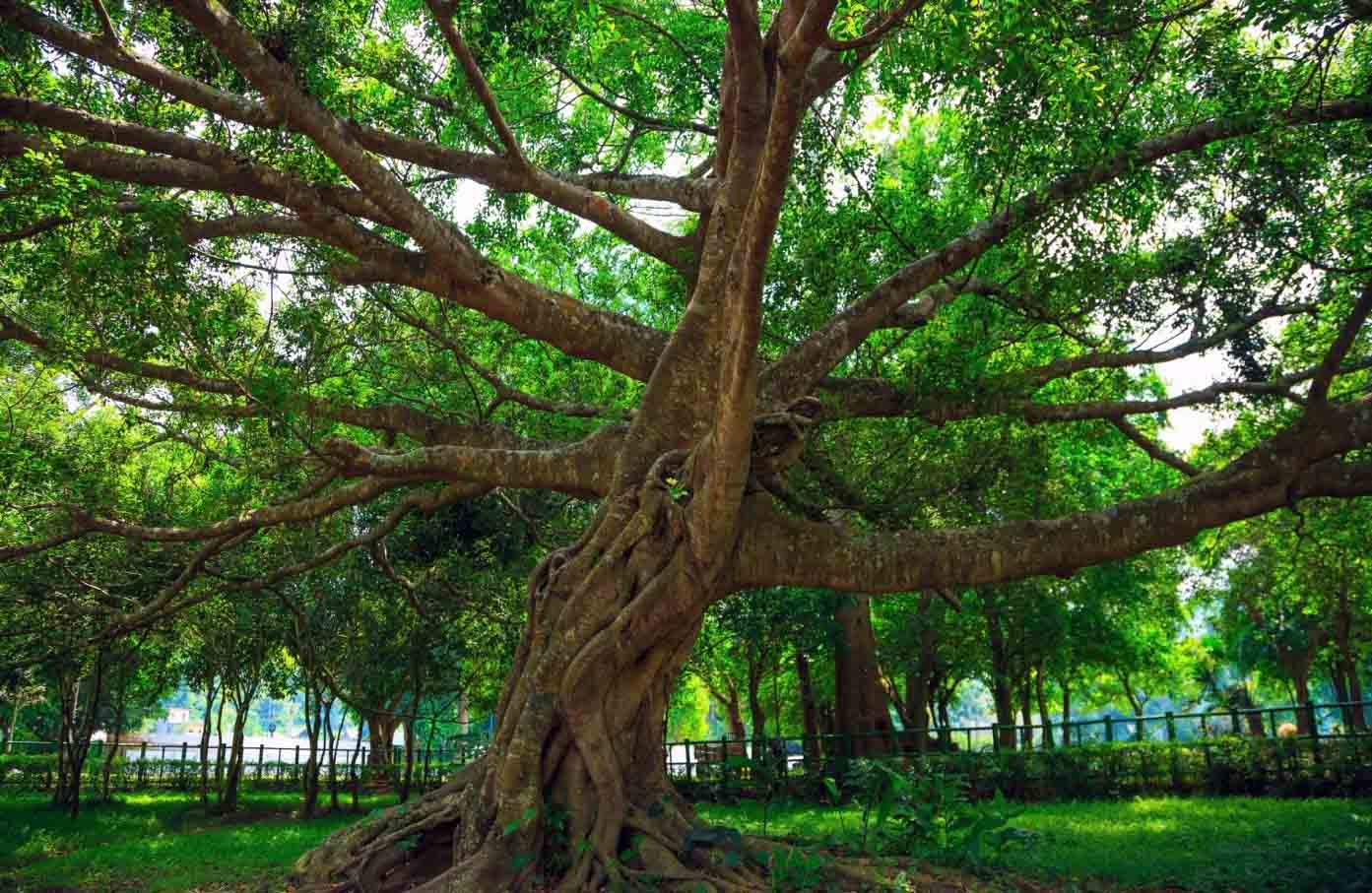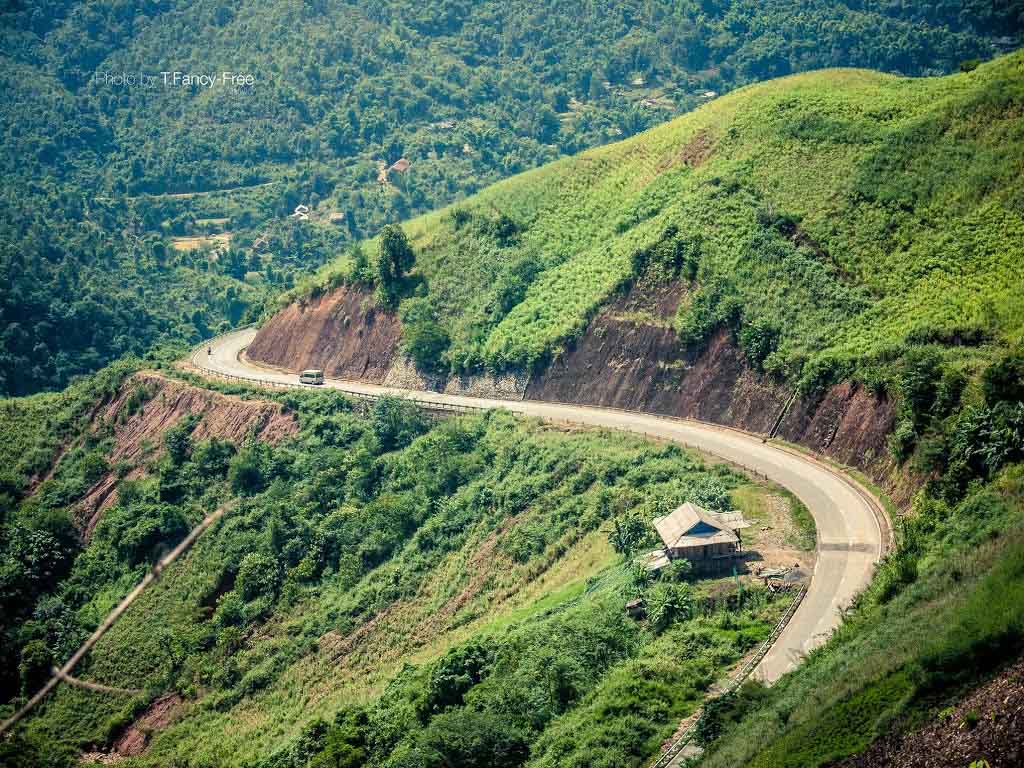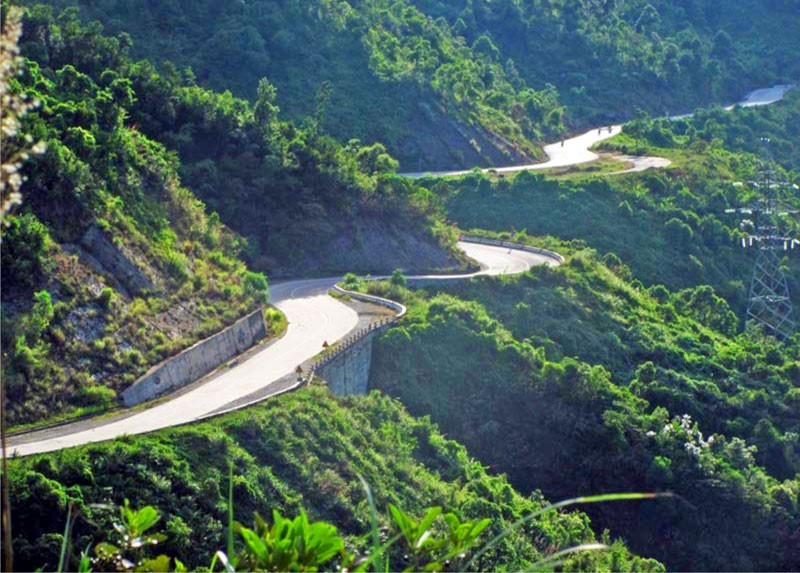Kon Chu Rang Nature Reserve
Alternative site name(s)
Kon Chu Rang, Kon Ja Rang
Province(s)
Gia Lai
Area
15,900 ha
Coordinates
14o26' – 14o35'N, 108o30' – 108o39'E
Distance(s)
From Pleiku City: 176 km
From Ho Chi Minh City: 697 km
Eco-tours
Trekking, Bird watching. Contact us for more information
Topography and hydrology
The topography of the nature reserve is dominated by a montane plateau. The highest point is Mount Kon Cha Rang at 1,452 m. A number of other summits attain altitudes greater than 1,000 m in the northern part of the nature reserve, and the lowest point at the site is 800 m.
Kon Cha Rang Nature Reserve is located within the catchment of the Kon river. Numerous streams originate from within the boundaries of the nature reserve and feed this river, which flows through An Khe and Tay Son districts before emptying into the sea at Quy Nhon town. The lower Kon river is dammed at more than one location for the purposes of generating hydroelectricity for Binh Dinh province. The upper Kon river, within the nature reserve, has a number of waterfalls along its route, the most famous and tallest of which is 50 m high.
Biodiversity values
Forest covers 15,610 ha or 98% of the total area of Kon Cha Rang Nature Reserve. The main forest type is lower montane evergreen forest, distributed at elevations between 900 and 1,500 m in the north-west of the nature reserve. Canopy cover of this forest type is 70 to 80%, and the tree flora is dominated by a number of species from the Fagaceae, Lauraceae and Magnoliaceae families, mixed with gymnosperms, such as Podocarpus imbricatus and Dacrydium elatum. In certain areas, Tram Lap Forest Enterprise has selectively extracted valuable timber species from the lower montane forest belt. However, the disturbance caused has not been great. Lowland evergreen forest occurs at elevations below 900 m. Only 2% of the nature reserve is covered by secondary vegetation, mainly scrub with scattered trees.
Field surveys by FIPI and BirdLife International in 1999 recorded 546 vascular plant species in 376 genera and 122 families. Of these species, 201 are timber species, 121 have a known medicinal use and 48 have potential economic value as ornamentals. Several species of plant recorded at the nature reserve are globally threatened, and nine are endemic to Vietnam: Acer erythranthum, Baccaurea silvestris, Bulbophyllum hiepii, Calamus poilanei, Craibiodendron scleranthum, Dalbergia cochinchinensis, Dendrobium ochraceum, Dialium cochinchinensis and Michelia mediocris.
The BirdLife/FIPI survey recorded 62 species of mammal, 169 species of bird and 161 species of butterfly at the nature reserve. Eight of the mammal species recorded at Kon Cha Rang are globally threatened, and 17 are nationally threatened. Also, three mammals recorded at Kon Cha Rang are endemic to Indochina: Yellow-cheeked Crested Gibbon Hylobates gabriellae, Grey-shanked Douc Pygathrix cinerea and Large-antlered Muntjac Muntiacus vuquangensis. Furthermore, Kon Cha Rang is one of a handful of sites from where there are recent records (albeit unconfirmed) of 'Indochinese' Hog Deer Axis porcinus annamiticus, a distinct subspecies, endemic to Indochina, which is on the brink of extinction.
Two of the bird species recorded at Kon Cha Rang are globally threatened (Crested Argus Rheinardia ocellata and Masked Finfoot Heliopais personata) and a further seven are globally near-threatened. Five restricted-range bird species were recorded at the nature reserve: Crested Argus, Black-hooded Laughingthrush Garrulax milleti, White-cheeked Laughingthrush G. vassali, Short-tailed Scimitar Babbler Jabouilleia danjoui and Grey-cheeked Tit Babbler Macronous kelleyi. Therefore, Kon Cha Rang lies within the Kon Tum Plateau Endemic Bird Area, and qualifies as an Important Bird Area.
Finally, a survey of the butterfly fauna of Kon Cha Rang Nature Reserve has also yielded seven taxa possibly new to science.
Other documented values
Kon Cha Rang Nature Reserve protects a large proportion of the Kon river catchment. The forest at the nature reserve performs an important role in protecting the water supply for hydroelectricity generation, and irrigation of thousands of hectares of wet-rice cultivation in the lower Kon river basin. Kon Cha Rang Nature Reserve also has potential value for tourism and scientific research.
More guide...
Responsible Travel
Asia Travel News



